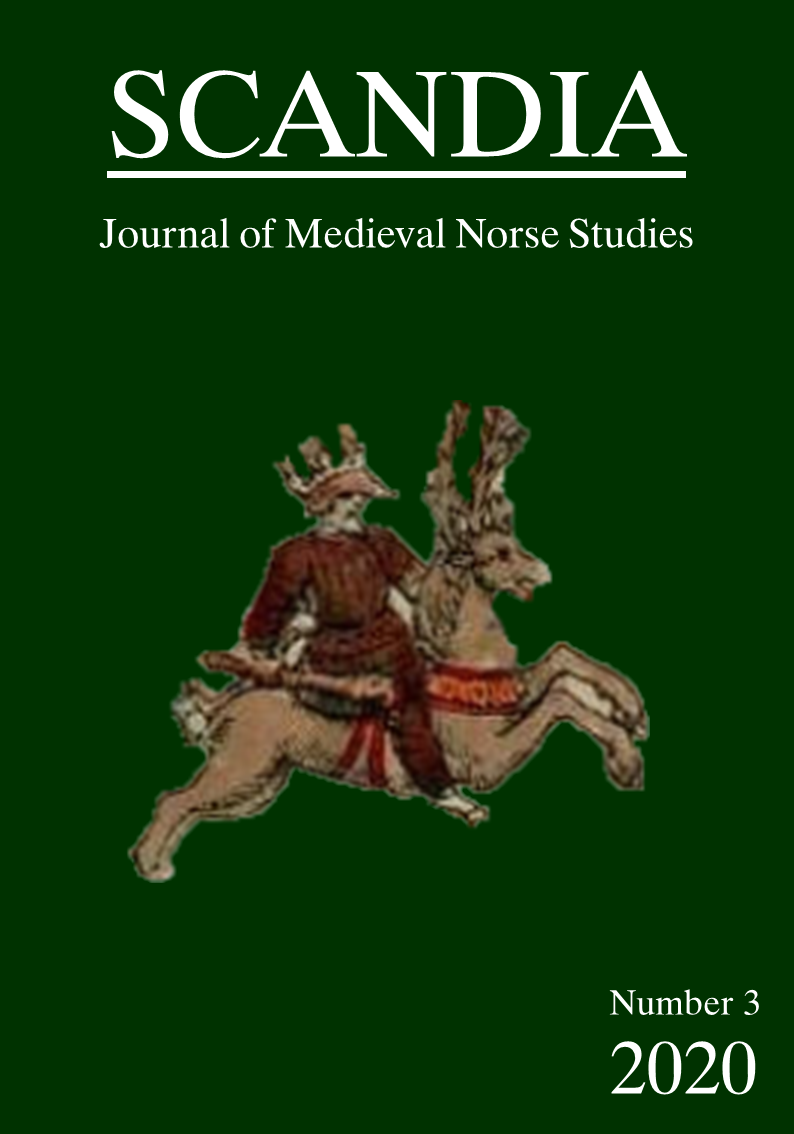¿SAGAS PARA LA SOSTENIBILIDAD? BIENES COMUNES, CONFLICTO Y COOPERACIÓN EN LAS SAGAS DE LOS ISLANDESES
Resumen
El estudio de recursos naturales, gestionados como bienes comunes, suele basarse en una de estas dos teorías opuestas: la perspectiva pesimista de la tragedia de los (bienes) comunes de Garret Hardin, “tragedy of the commons” (asumiendo su insostenibilidad inherente), o el argumento optimista de Elinor Ostrom que presenta los bienes comunes como sistemas de recursos que a la larga resultan ser sostenibles. Este artículo analiza historias de las sagas medievales de los islandeses en los que la gestión comunal de los recursos naturales juega un papel relevante. En todos los casos, este sistema se presenta como vulnerable o fallido. Sin embargo, una lectura detallada muestra que una interpretación basada en el discurso “trágico” de Hardin no es suficiente para entender el verdadero significado de estas historias. En casi todos los casos, las sagas usan distintos métodos narrativos para caracterizar de forma negativa a aquellos que ponen en peligro, o acaban con, los bienes comunes. Las sagas presentan comportamientos egoístas y agresivos como algo erróneo, y estresan la modestia y la cooperación como ideales implícitos (y a veces explícitos) en el uso de los bienes comunes. La frecuencia y prominencia en las sagas de historias que enmarcan los bienes comunes de este modo sugiere que estas historias tenían una importarte función en la sociedad medieval islandesa: el promover normas, valores y conductas que pudieran facilitar la sostenibilidad a largo plazo en la gestión de los recursos naturales como bienes comunes.
Descargas
Descargas
Publicado
Número
Sección
Licencia
The author (s) of the original submitted undertake to comply with the following:
- All authors are publicly responsible for it.
- The authors claim that this original is their own and that they assume full responsibility to third parties, whether moral or patrimonial, by reason of its content, stating that the work does not infringe any intellectual property rights of third parties.
- The author (s) agree to the copyrights of the original to Scandia Journal, to which they grant permission for its reproduction, editing and online publication.
- The author (s) grant their copyright of their original to the Scandia Journal, licensed under the Creative Commons Attribution License, which allows the sharing of this work with the acknowledgment of their authorship.
- The author (s) have permission and are encouraged to cite and distribute their original.


